I don’t have a function generator; I usually work with audio equipment like preamplifier and amplifiers. Sometimes, I have to record the frequency response of the amplifiers in this case only audio signal is needed. Usually, the range of 20Hz to 20kHz. To test the bass output a lower frequency with good signal is required. In this case I always use mobile phone as a function generator. Because you may get these audio signal from AUX jack directly.
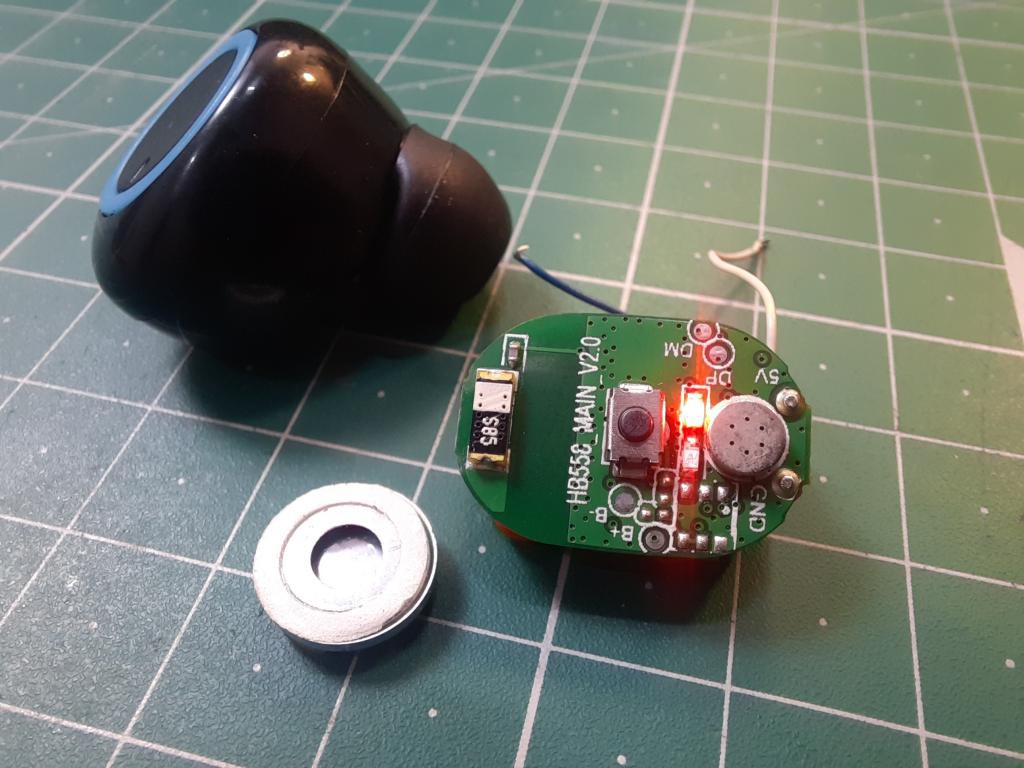
But this feature is missing somewhere in new mobiles, also it is not safe to connect audio output from Aux directly with wires. It may cause internal damage to mobile chipset. Therefore, to go wireless the small Bluetooth modules play an extraordinary role.

We will know how to use these small BT chips, And the chipset they are based on? Finally, we will cover the frequency response curve of these Bluetooth. Previously I made my own Bluetooth module using JLCPCB PCB prototyping service. JLCPCB is the China based PCB manufacturing company deals in SMT assembly, Stencil service, 3D-printing and PCBA double side assembly. Go checkout now to JLCPCB and sign-up use this link to get free coupons of worth $54.
Bluetooth chipset:
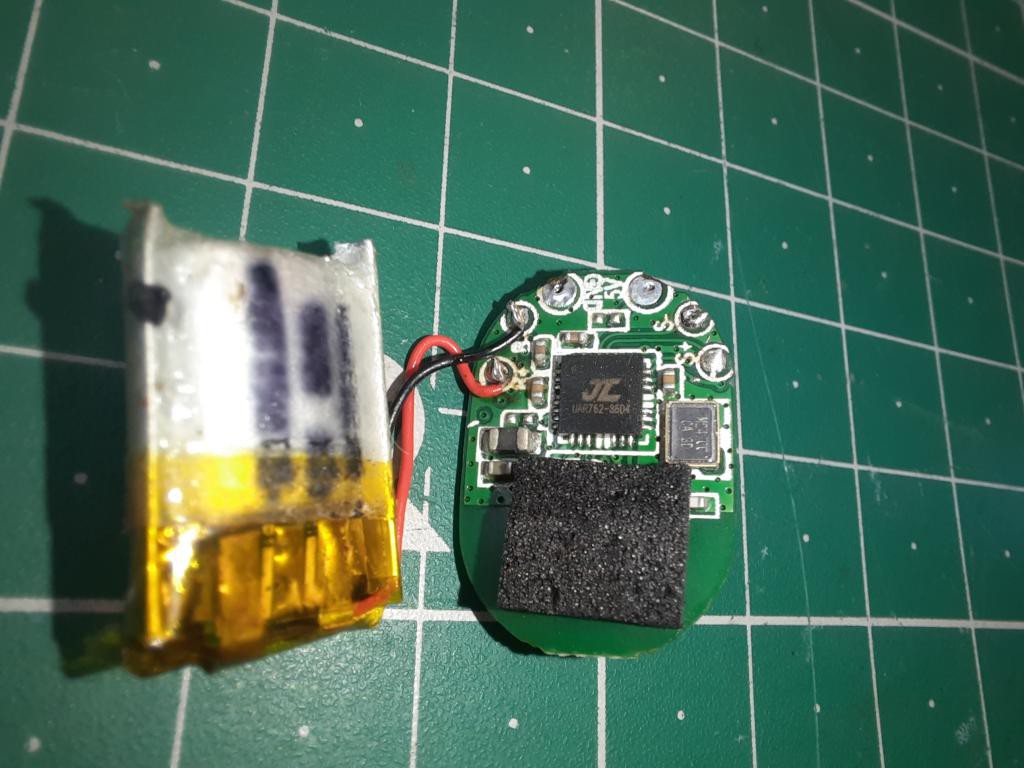
After disassembling the upper cover and reveling the circuitry, I found the same JC series Bluetooth chips. These chips cover almost 90% of the market because of their low price and high demand.
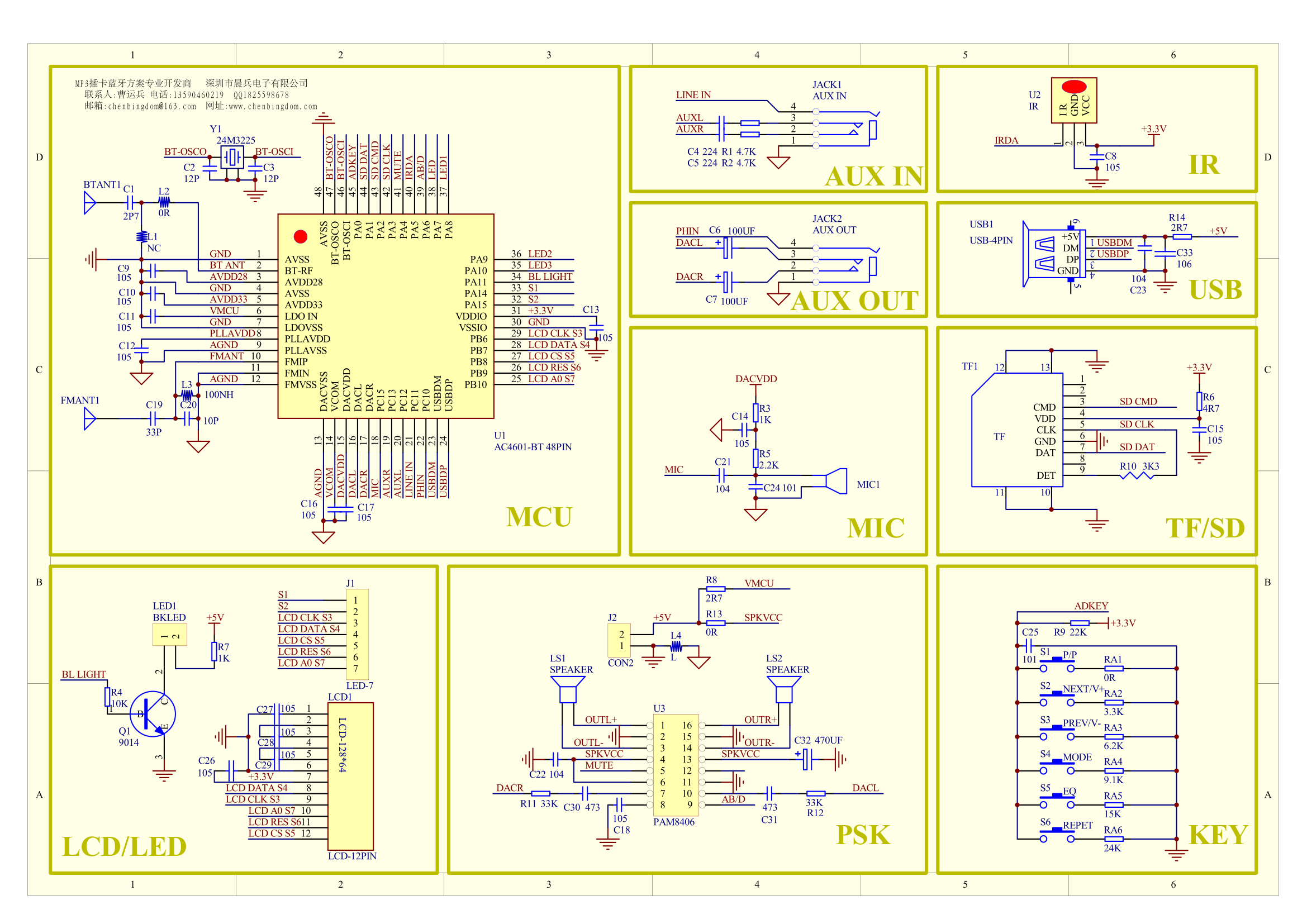
These Bluetooth chips come with many functions like- mic support, next/previous track, volume change, USB interface, SD card Interface, AUX interface and prewritten commands for IR remote compatibility.
How to make function generator using Bluetooth:
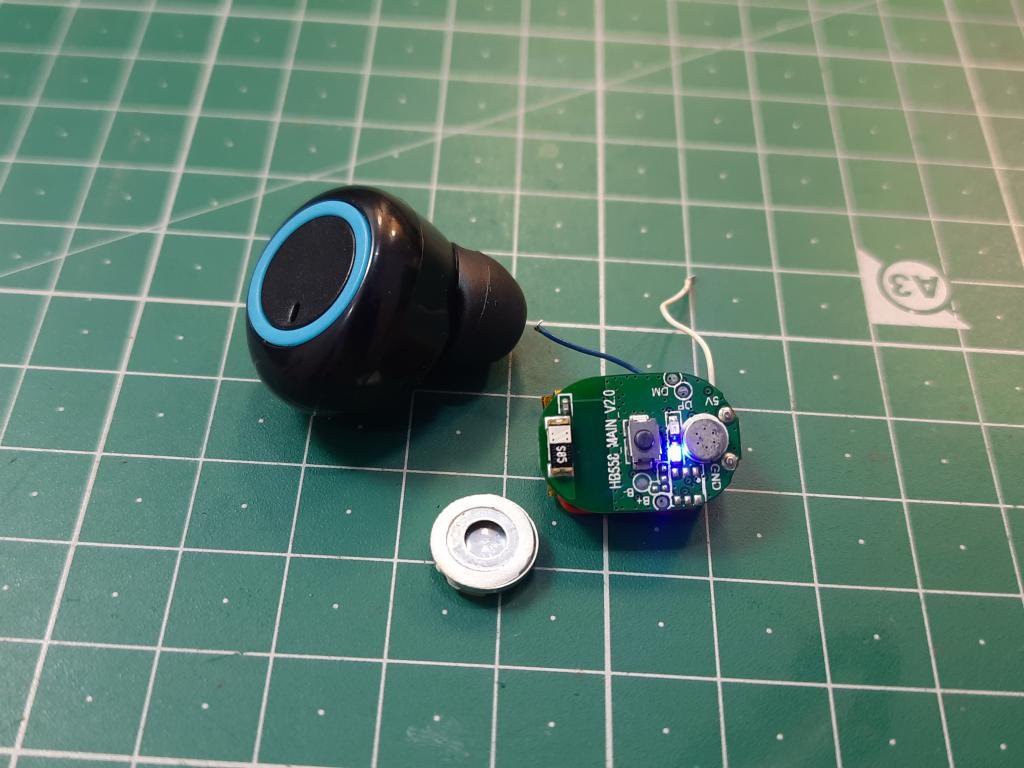
Here I have the 5.1 earbuds, I opened one of them and after removing the small speaker from output this can be turned into function generator. This is one channel only, one wire for the signal and other one is ground. A small battery is inside which make it very portable to use. In this way you can also hack your earbuds as frequency generator.
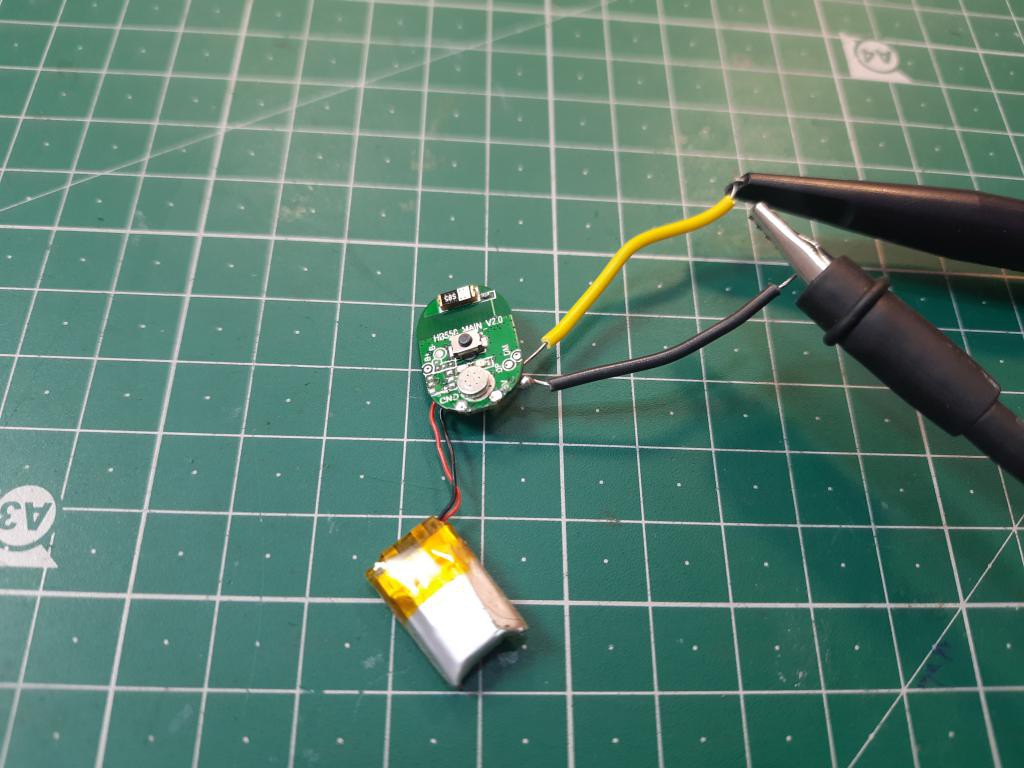
You can also use cheap Bluetooth chips which are available in market at low prices. They also work fine, but need an external battery of 3.7volt.
How to generate frequency:
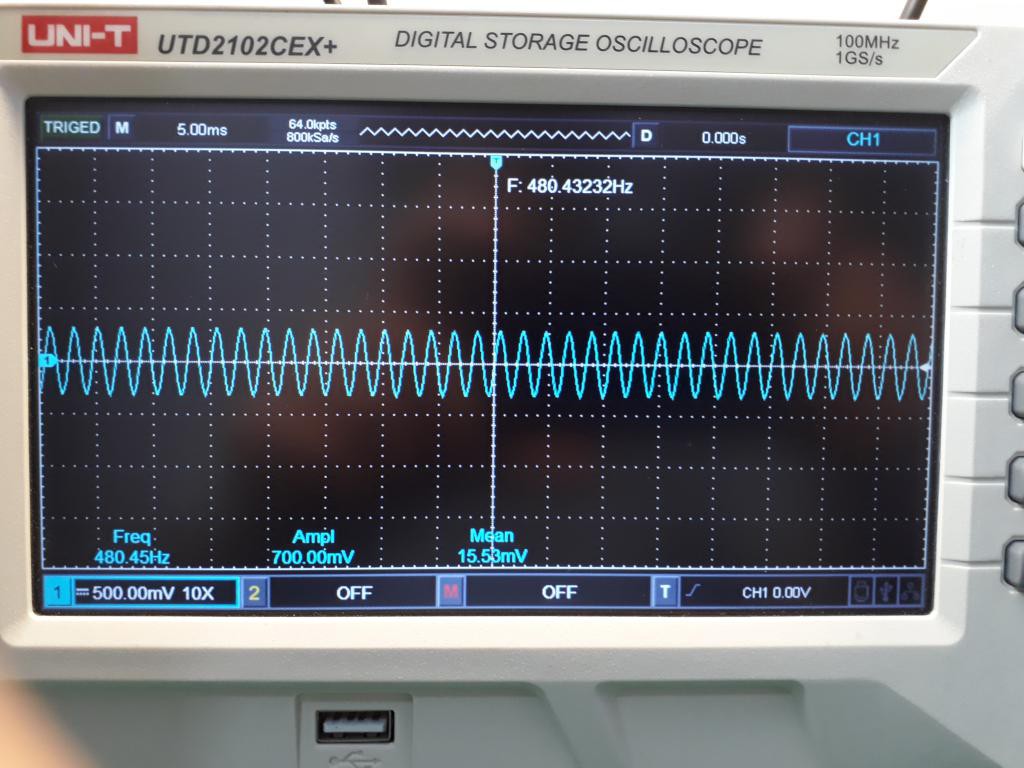
As told before, these audio-based chips are able to work under 20khz, but to set the frequency we need a mobile application or a similar webpage may do the same.

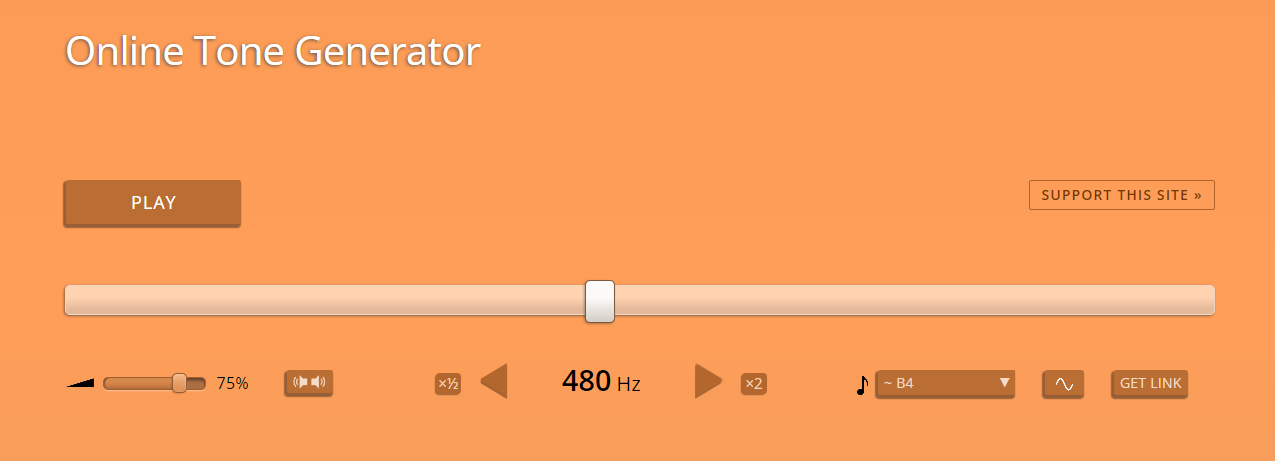
I am using online tone generator website from which the frequency, amplitude and wave characteristic (sine, triangle and saw tooth) can be changed. So, it is like a control panel to the function generator. The minimum value of 1Hz and a maximum of 20.154khz can be generated.


Frequency response:
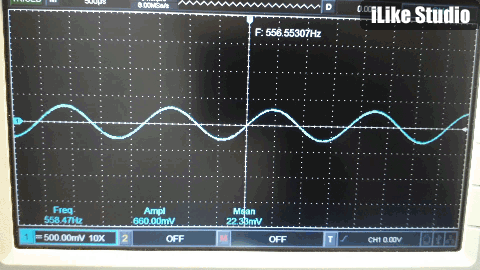
The frequency response is quite stable at low frequency; amplitude is very steady till 15khz but start dropping gradually as frequency is increased to 20khz. It may do the fine job for audio electronics.
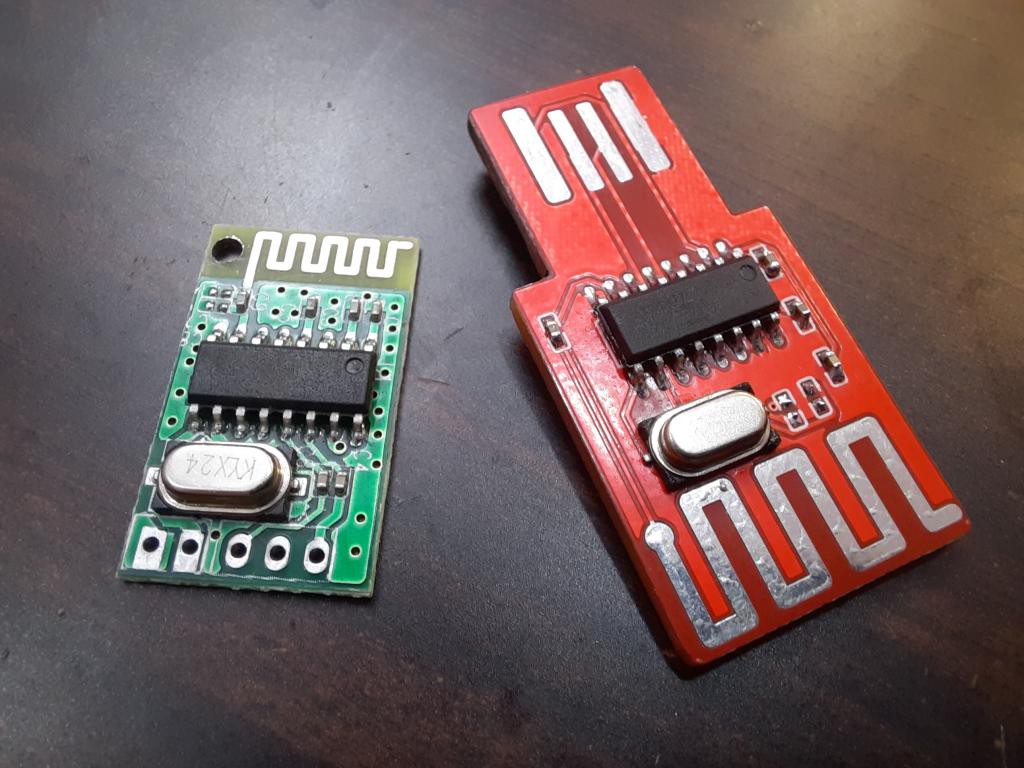
You can also refer to our previous post about wireless microphone using Bluetooth to know more about the applications. And get your hands on those beautiful PCB prototypes just $2 for 5 pieces of 2layer by JLCPCB.
 ElectroBoy
ElectroBoy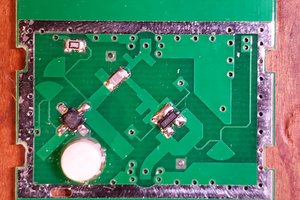
 Martin
Martin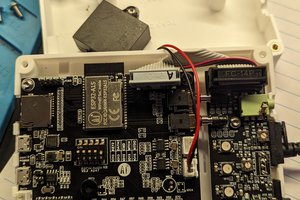
 Dan Maloney
Dan Maloney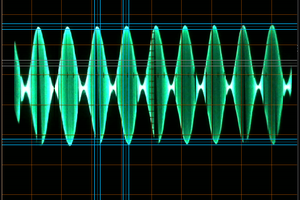
 Joseph Eoff
Joseph Eoff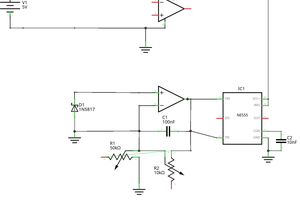
 Eric Fontaine
Eric Fontaine
After disassembling the upper cover and reveling the circuitry, I found the same JC series Bluetooth chips. These chips cover almost 90% of the market because of their low price and high demand.
https://pikashow.fyi/
https://ppssppgold.one/